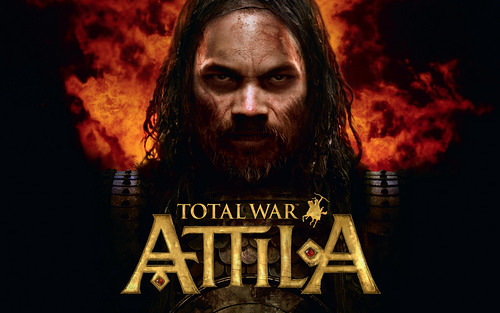
Slavery
The lords rule, the people toil. It is the way of things.Serfdom in the traditional sense did not take hold in the barbarian cultures of Europe; instead, a more traditional form of slavery was common. Slavery differed from serfdom in several ways - serfs worked for their masters but also for themselves, to live, and were generally family units with a degree of independence, however nominal. Slaves, by contrast, had a much more tenuous grasp on the notion of familiarity and freedom, and could also be moved at a moment's notice, sold as part of the booming slave trade, and threatened and mistreated in order to ensure obedience. Slavery was a highly lucrative business in the Middle Ages - both the Byzantine and Islamic empires had much need of free labour and many of the barbarian peoples took slaves simply because they could; weaker peoples were considered exploitable and expendable with it. For instance, the Vikings were prolific slave-owners - they called their captives 'thralls', meaning 'someone in bondage'. Thralls were generally the defeated survivors of war - victims of the Viking's extensive raids across northern Europe and the British Isles. They formed the lowest layer of the three-tiered Viking society, beneath freemen and noblemen. As well as being made to work for their masters, thralls were also sold on to rich powers, such as the Byzantines, for a huge profit.

 |
Node Set Civil Tier 9 |
research_points 0 |
cost_per_round 0 |
Effects
No Effect
| Requires | |
|---|---|
| Requires Technologies |
|
| Enables | |
|---|---|
| Enables Buildings |
|
|
|
|
|
|
|


 Français
Français Italiano
Italiano Deutsch
Deutsch Español
Español Русский
Русский Čeština
Čeština Polski
Polski Türkçe
Türkçe